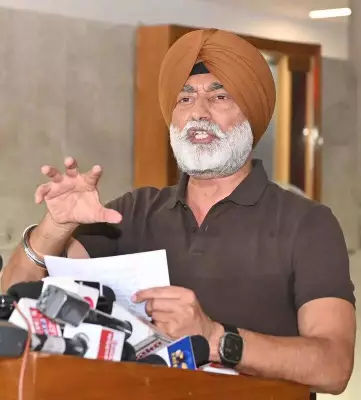
In a significant administrative overhaul, the Gujarat government has appointed senior IAS officer Manoj Kumar Das as the state's new Chief Secretary. The 1988-batch officer will assume his new responsibilities starting February 29, following the retirement of the current Chief Secretary Raj Kumar.
A Smooth Transition of Power
The appointment comes as part of a well-planned succession strategy by the state administration. Das, who currently serves as the Additional Chief Secretary to the Chief Minister, brings with him extensive experience and a deep understanding of Gujarat's governance structure.
Impressive Career Trajectory
Manoj Kumar Das's bureaucratic journey spans over three decades, marked by several key postings that have prepared him for this top position. His current role working closely with the Chief Minister's office has given him unique insights into the state's development priorities and administrative challenges.
Key aspects of Das's appointment:
- Seamless transition planned for February 29
- Extensive experience in both state and central government roles
- Deep understanding of Gujarat's development landscape
- Proven track record in administrative efficiency
Administrative Reshuffle Implications
The change in leadership at the top bureaucratic level is expected to bring fresh perspectives to Gujarat's administration while maintaining continuity in ongoing development projects. Das's appointment signals the government's confidence in his ability to steer the state's administrative machinery effectively.
The timing of this transition ensures minimal disruption to government operations, with the outgoing Chief Secretary Raj Kumar completing his tenure on scheduled dates. This careful planning reflects the mature administrative processes established within the Gujarat government.
Looking Ahead
As Das prepares to take charge, expectations are high for his leadership in driving Gujarat's growth agenda forward. His extensive background in key departments positions him well to address the state's evolving administrative needs and development challenges.





